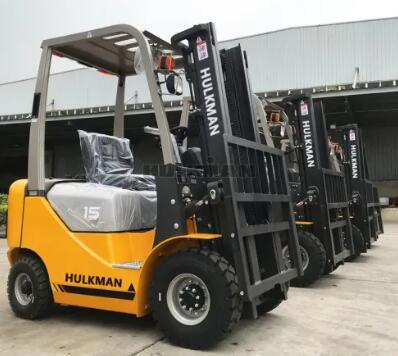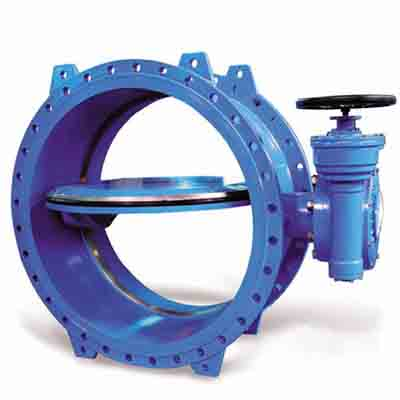What is shaft forging?
In the realm of metallurgy and manufacturing, the process of shaft forging stands as a cornerstone, bringing strength, durability, and precision to a wide array of industries. This article will delve into the intricacies of shaft forging, exploring the methods, materials, and applications that make it an indispensable technique for crafting robust and reliable shafts.
Defining Shaft Forging:
Shaft forging is a metalworking process that involves shaping a metal rod, usually cylindrical in nature, into a shaft through the application of localized compressive forces. The goal is to enhance the mechanical properties of the material, such as strength and toughness, by aligning the grain structure and removing any defects or inconsistencies present in the raw material.
Materials Used in Shaft Forging:
A variety of metals can be used in shaft forging, with steel and alloy steel being among the most common choices. The selection of materials depends on the specific application and the desired mechanical properties of the finished shaft. Steel's excellent strength, durability, and malleability make it a preferred material for a wide range of shaft forging applications.
The Forging Process:
The shaft forging process typically involves several key steps:
a. Heating: The raw material, often in the form of a billet or round bar, is heated to a temperature that allows for plastic deformation without compromising the material's integrity.
b. Forming: The heated material is then placed in a forging die, where it undergoes deformation through the application of compressive forces. This can be achieved through various methods, including open die forging, closed die forging, or press forging.
c. Cooling and Heat Treatment: After the desired shape is achieved, the forged shaft is carefully cooled and subjected to heat treatment processes to optimize its mechanical properties, such as hardness and toughness.
d. Machining: The final step involves machining the forged shaft to achieve precise dimensions and surface finish.
Advantages of Shaft Forging:
a. Enhanced Strength: Shaft forging aligns the grain structure of the material, resulting in increased strength and resistance to fatigue.
Additional reading:Revolutionizing Animal Nutrition: Coating Feed For Health?
Revolutionizing City Waste Management: Are Underground Containers the Future?
Can cow dung be used to make briquettes?
Revolutionizing Data Storage: EMC Enclosure Redesign?
Should the packing process be automated?
Why Using a Poultry Feed Grinder Important?
How can you recycle bricks?
b. Improved Structural Integrity: The removal of defects and inconsistencies during forging enhances the overall structural integrity of the shaft.
c. Customization: Shaft forging allows for the production of customized shafts with specific dimensions and mechanical properties tailored to the intended application.
d. Cost-Effectiveness: While the initial investment in forging equipment may be significant, the cost-effectiveness arises from the durability and longevity of forged shafts, minimizing maintenance and replacement costs over time.
Applications of Forged Shafts:
Forged shafts find applications in various industries, including:
a. Automotive: Forged shafts are used in crankshafts, transmission shafts, and other critical automotive components.
b. Aerospace: In aerospace applications, forged shafts are utilized in landing gear components, engine components, and structural elements.
c. Oil and Gas: Forged shafts are integral in the production of drill bits, pump shafts, and other components used in the oil and gas industry.
d. Heavy Machinery: Industries relying on heavy machinery, such as construction and mining, benefit from forged shafts in components like gears, axles, and hydraulic system elements.
Shaft forging, with its roots deeply embedded in metallurgical craftsmanship, continues to play a vital role in shaping the robust and reliable components essential for various industries. As technology and materials science advance, the art and science of shaft forging evolve, ensuring that forged shafts remain an enduring symbol of strength, durability, and precision in the world of manufacturing.
Revolutionizing Automotive Industry: The Power of Shredders
Ultimate Guide to Shielding Enclosures: Answering Your Top Questions
7 Tips for Choosing the Best Strapping Machine
Unlock the Secrets of Bag Opening Machines: FAQs Answered!
Maximize Livestock Health: Efficient Cattle Feed Grinding Machine Guide
Discover the Ultimate Solution for Eco-Friendly Palm Fiber Briquettes!
Discover the Top Custom Enclosure Services for Your Electronics Needs
121
0
0











Comments
All Comments (0)